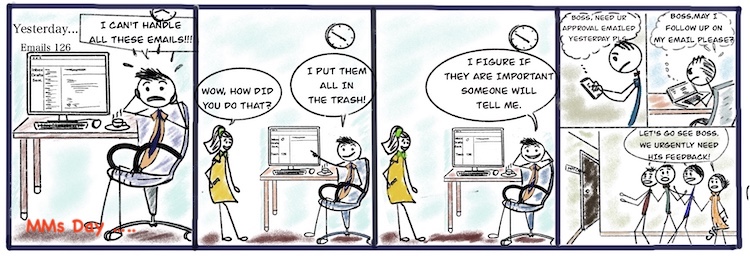Outside of multiple meetings, email inboxes are a challenge for MMs who receive a hundred or more a day.
I want to share some ideas to tame that avalanche.
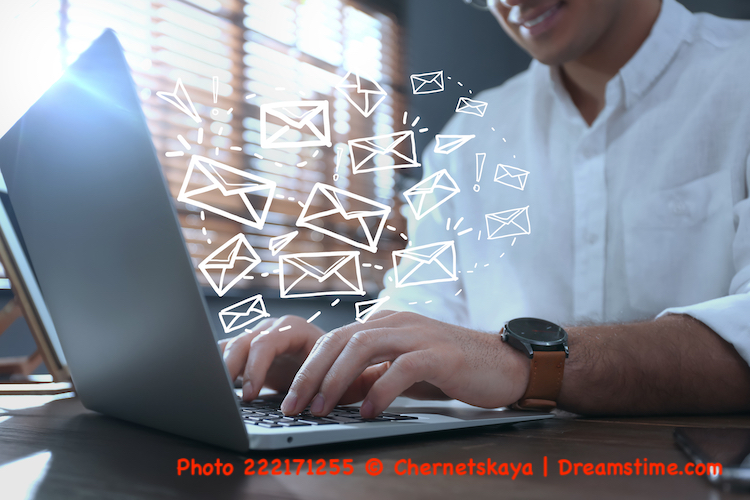
Principles
These following principles form a base for thinking about handling emails:
1. Only touch an email once
2. Stop acknowledging that you received an email.
3. Do not add notes unless needed.
4. Block or unsubscribe from unwanted emails.
5. Turn off email notifications
6. If you can handle the email in less that a minute or two, deal with it.
7. Add time to do any action required in your calendar.
Only Touch Once
In most cases your mail app will show you who the email is from and some idea of what it is about.
Keep it closed until you have decided:
– Is it from someone important to you?
– Is it requiring action?
– Is it widely copied or for me only?
– Is it for someone else to handle?
– Is it a newsletter?
– Is it SPAM?
If it is from someone important to you, then open it. Read it only once to determine if it requires an action or is it just information.
If it requires action think about how long it will take to do and book time in your calendar to do it.
If action is calendarised save the email in an ‘action file’ ensuring that it is out of your inbox.
If you realize that it is information only file it in a “reading” file. Take it out of your inbox.
You need to calendar ‘reading time’ for information emails.
Widely copied emails are either information, meeting notes, new policy changes or other communications that are sent to a lot of people. Treat these as you do information and move to ‘reading’ file, without reading it.
If you are copied and it is of no use or interest to you – delete it without reading it.
If you have received an email that is to be handled by someone else – forward it to them immediately with or, if it self explanatory, without, a note. This is similar to not acknowledging receipt of an email. If you do not need to add a note, then don’t.
You might be subscribed to newsletters. Often these come every week. If you subscribed to a newsletter and have not read it for two weeks leave ti in the ‘reading’ file or decide to UNSUBSCRIBE immediately.
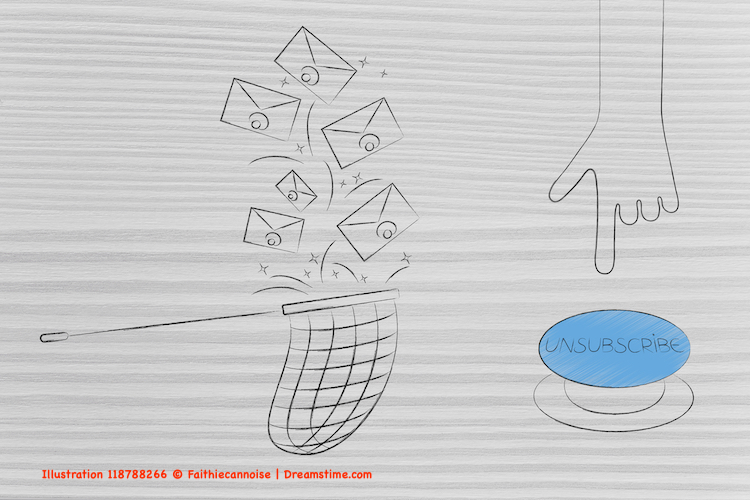
If you plan to read it then move it to a ‘newsletter’ file for later reading.
If it is SPAM you can delete it, but it will come again. Best is to block it and/or label it junk.
Note that the above actions only require one touch before it has gone from your inbox.
Special emails – Approvals
You might be in the unenviable position of having to approve things. Today approvals are routed by email.
Make a special file for approvals and set up your emails so that approvals go direct to that file.
You will know what the SLA is for approvals (or not). Put aside a specific time in your calendar each day when you will work through the approval requests.
In this way the emails for approval do not even enter your inbox.
Special emails – process work
As an MM it is unlikely that you will be receiving transactional emails requiring your action. If that is the case these emails need to be handled. Depending on your circumstances you might act on them immediately or at a specific time. Many who work from home receive actionable emails as part of their daily work. How to manage those emails is beyond the scope of this article.
Notifications
We tend to leave notifications on because we do not want to miss an important email. I suggest routing emails from VIPS to a specific box which will then allow you to switch off notifications.
Notifications are always a distraction and studies show that it takes time to get back to what you were doing each time an interruption occurs. That time can be as high as 2 minutes depending on what we were doing.
An example, In a meeting you are listening to a presentation. During the time of the presentation 4 notifications come in. They pop up at the top right of your screen. You check it out and lose 2 minutes of the presentation. With 4 notifications that is 8 minutes of not concentrating on what you were hearing.
It is even worse if you are, say creating an excel spread sheet. You get interrupted by the notification and then take time to ‘where was I’ thoughts before hitting the keyboard for the next action.
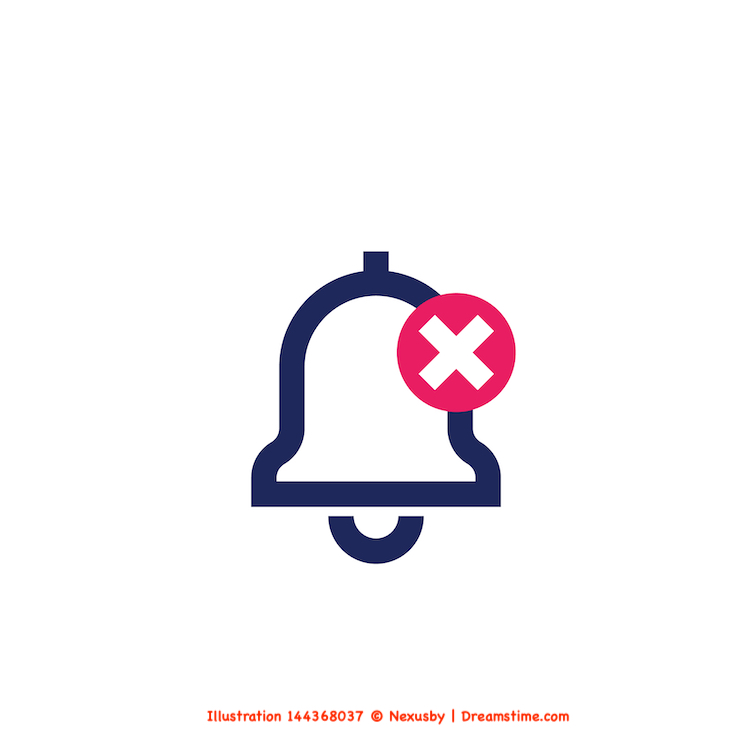
Archiving
This is a wonderful ability of our mail apps. When we archive the email it leaves our inbox but can be searched and found later.
The trick is to set up a number of boxes or files that are ‘smart’ in that when an email is archived it will go to the specific box and will be easy to find later.
For example I have a box with my bank’s name. When I perform an action on the bank’s app, the app triggers an email. It does arrive in my inbox but I immediately archive it without opening it. Swish – it is gone from my inbox. On a mac using mail the archive is ctrl-cmd-A. I use this for newsletters as well.
Almost every mail app has the ability to set specific files, archive emails, label junk, block the sender, handle VIP’s so that you see these first or in a separate box. It is beyond this newsletter to tell you how each app works. Google or Chatgp will soon give you access to all th einfo needed.
You can have dozens of boxes, subfolders, files (depends on what you email app calls them), Smart boxes (the Mac term) which can hold hundreds of emails that can easily be found in seconds. I have 123 that I counted today. Of those there are about 20 that I use a lot and others seldom. I sometimes clean them up and delete those no longer needed.
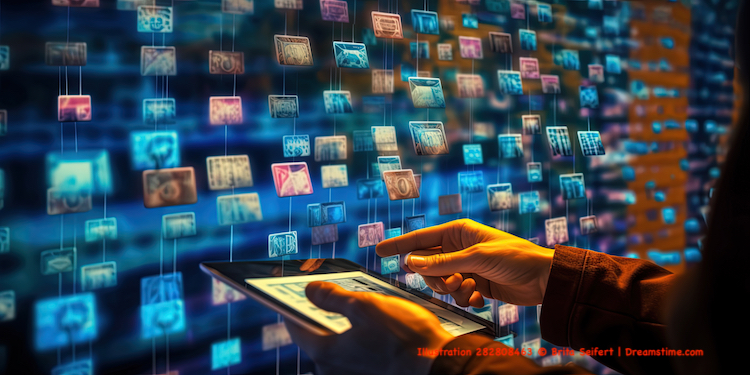
Handling in a minute or two.
“Do you have an email address for Joan?” is an example of a less than 2 minute email? Send the email address – no note.
“Please send me a copy of the file on ……” is another example. Send it but do not add a note such as : ”Here is the document that you asked me for!”
Followups
If you need to followup on an email you sent I suggest that you save it in a ‘followup’ folder or and specific folder that you have created for that person or project or matter and then add it to your calendar as a follow up. You do that as soon as you send it.
Conditioning.
I have a client who advised me on our first meeting: “I want to tell you that if you send me an email I will read it but will seldom answer them. But I do read them, and take action or ponder what you have said.”
We would meet once a month for a F2F and he would often refer to what I had sent, so I believed that he read any email I sent.
As he was so serious about his promise to read my emails, I found that I would only send an email if I felt some real value could be provided.
This is called ‘conditioning’.
Some ideas you can consider for conditioning:
– If it is urgent do not email me – text me. I only check emails once a day.
– Do not copy me unless I really need the information.
– I will never acknowledge your emails, but I will read them.
– Do not acknowledge my emails to you.
– I will not write a note unless needed when I send you an answer or requested information. I am not being rude, just saving time.
– Do not invite me to a meeting unless I can add specific value or the meeting will be of specific value to me.
– If I make a request by email it will be short and brief. Do not think I being rude. It provides pinpointed clarity and saves you reading time.
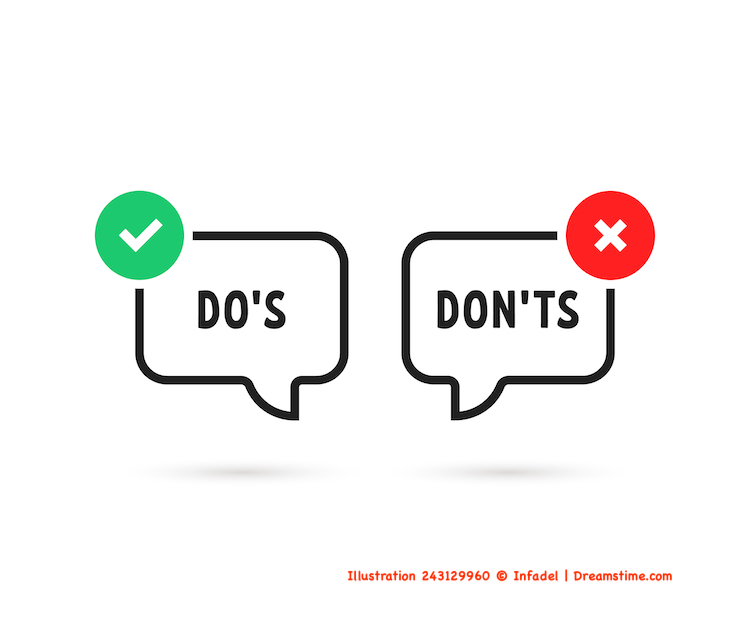
Summary
I have thrown a lot of thoughts at you about how to handle emails. Think about what might help you and experiment with it. I took at least 18 months to get to my current stage of having an inbox with less than 12 emails in it every evening. AND I have had no complaints about being unresponsive!
Good luck. Have fun experimenting.
